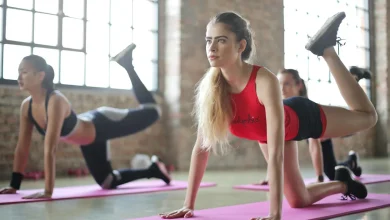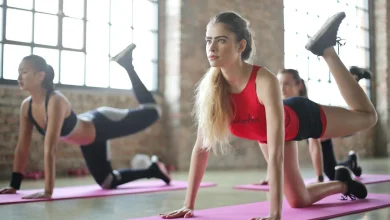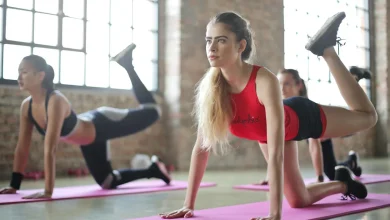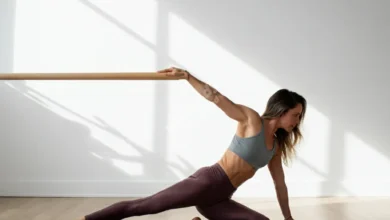The Evolution of Pilates: Yesterday, Today, and Tomorrow
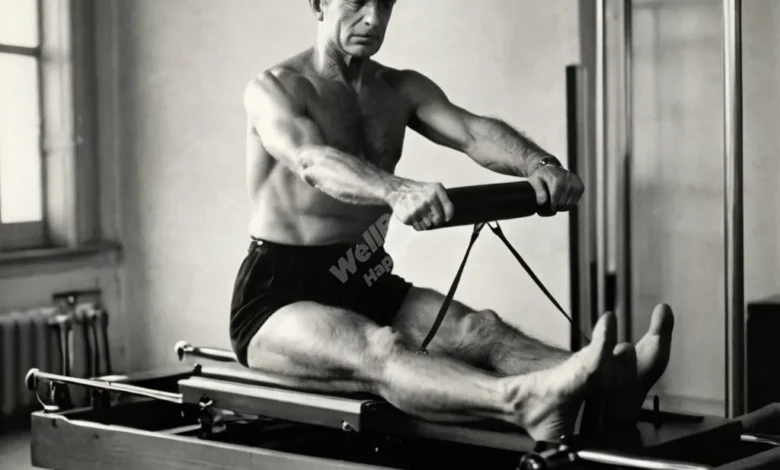
Pilates is more than just a workout. It’s a journey that has shaped bodies and minds for over a century. This low-impact exercise system has grown from a niche practice to a global phenomenon. Today, we’ll explore how Pilates has changed over time. We’ll look at its past, present, and future.
Did you know that Pilates can help you feel stronger, more flexible, and more balanced in just a few weeks? Let’s dive into the fascinating world of Pilates and discover why it’s still growing in popularity.
The Birth of Pilates
Joseph Pilates: The Founder
Joseph Pilates wasn’t just a fitness guru. He was a visionary. Born in Germany in 1883, he faced many health challenges as a child. These struggles sparked his interest in physical fitness.
- Joseph studied various exercise forms, including yoga and martial arts.
- He developed his method while interned during World War I.
- In 1925, he moved to New York City and opened his first studio.
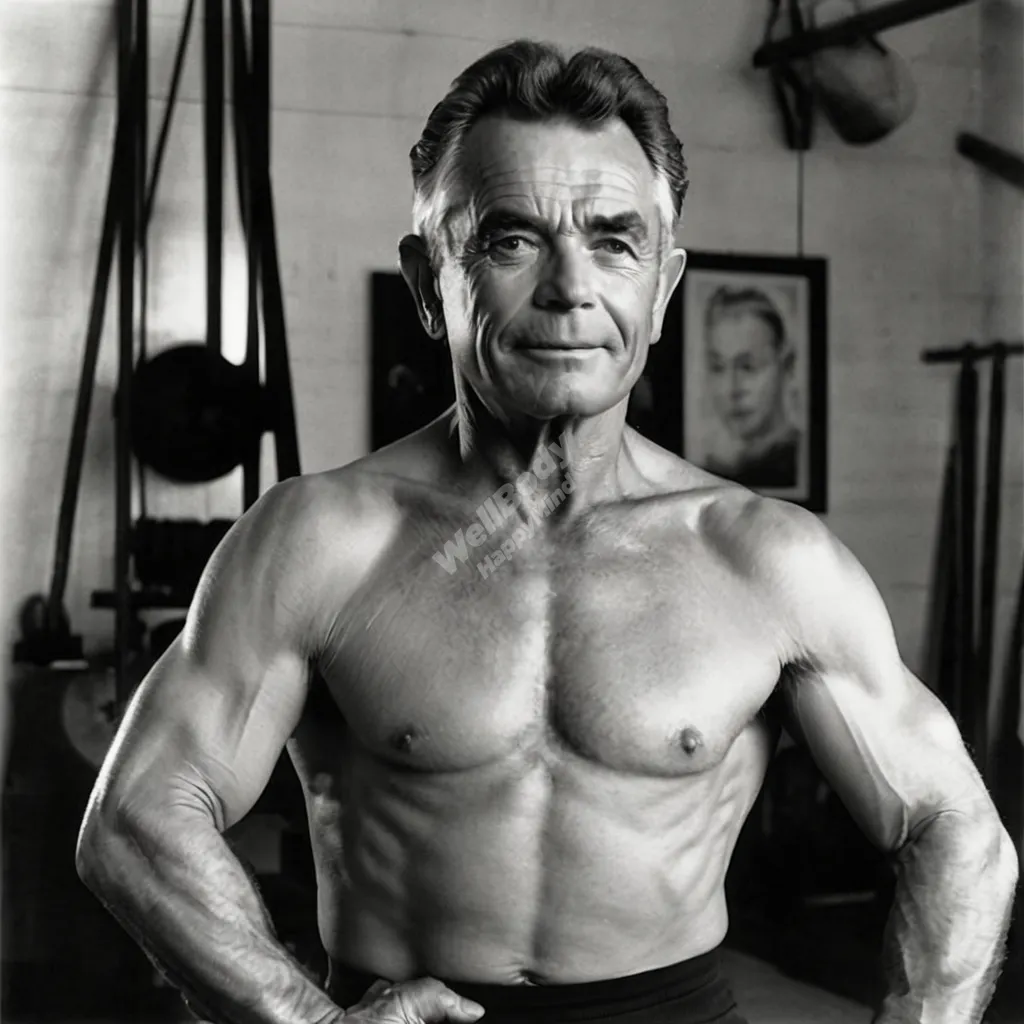
Original Principles of Pilates
Joseph Pilates built his method on six core principles:
- Concentration: Focus your mind on your movements.
- Control: Move with purpose and care.
- Centering: Engage your core in all exercises.
- Precision: Pay attention to detail in each movement.
- Breath: Coordinate your breath with your movements.
- Flow: Move smoothly from one exercise to the next.
These principles form the foundation of Pilates practice, both then and now.
Early Adoption and Popularity
Pilates grew slowly at first, but it soon caught on with a specific group.
| Year | Event |
|---|---|
| 1926 | Joseph opens his first studio in New York |
| 1930s | Dancers start using Pilates for training and rehab |
| 1940s | Hollywood celebrities discover Pilates |
| 1960s | Pilates begins to spread beyond New York |
Dancers loved Pilates because it helped them build strength without bulk. It also improved their balance and flexibility. Soon, word spread about this effective exercise system.
Classical Pilates: The Foundation
Key Exercises and Equipment
Classical Pilates includes two main types of workouts:
- Mat work: Exercises done on the floor using your body weight.
- Apparatus work: Workouts using special Pilates equipment.
Pilates apparatus includes:
- The Reformer: A sliding platform with springs and straps
- The Cadillac: A bed-like frame with bars and springs
- The Wunda Chair: A chair with springs for resistance
These tools help you build strength, flexibility, and control.
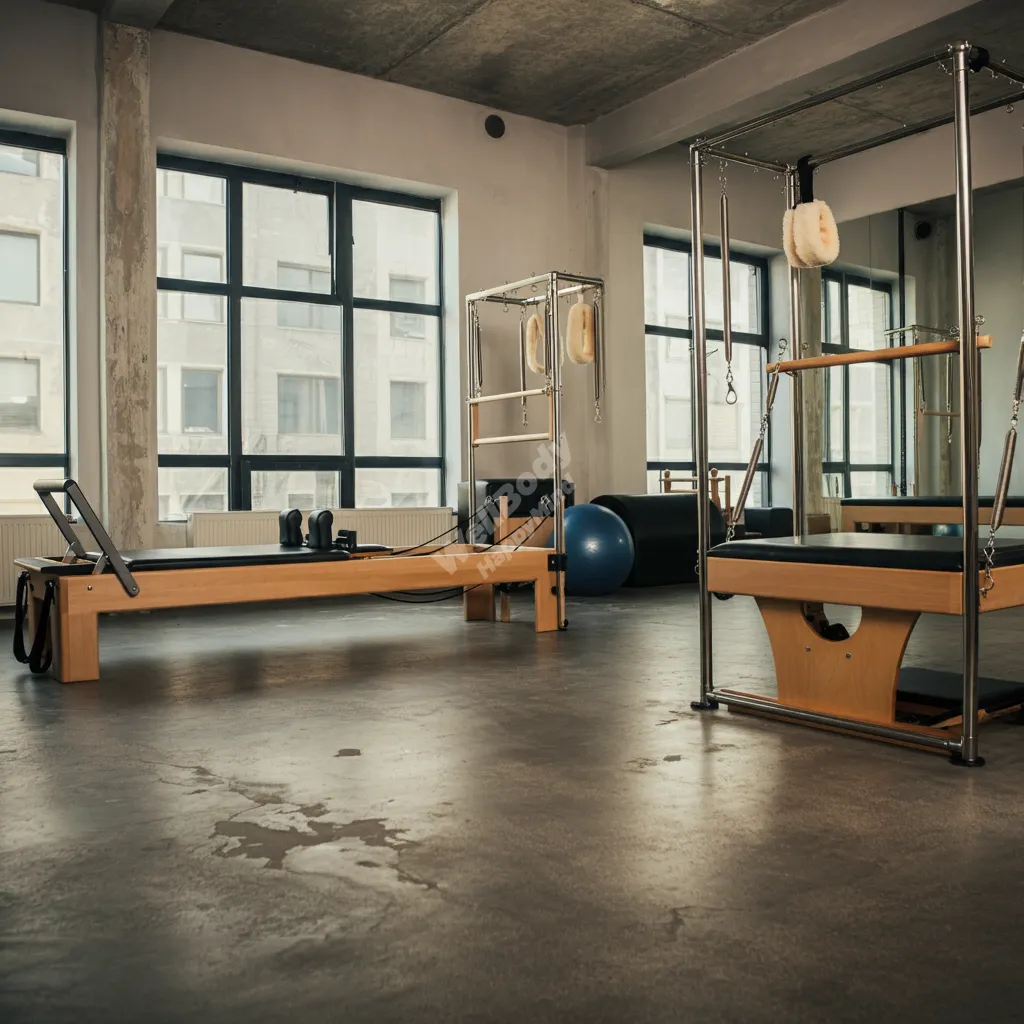
Benefits of Classical Pilates
Classical Pilates offers many perks for your body and mind:
- Improved posture
- Better core strength
- Increased flexibility
- Enhanced body awareness
- Reduced back pain
- Improved balance
- Stress relief
- Better focus and concentration
Target Audience in Early Days
At first, Pilates was not for everyone. Its early fans were:
- Dancers: They used it for training and injury recovery.
- Athletes: Pilates helped them improve performance.
- Celebrities: Hollywood stars loved its body-shaping effects.
These groups helped spread the word about Pilates’ amazing benefits.
Modern Pilates: Adaptations and Variations
Contemporary Pilates Methods
Pilates has grown and changed over time. New styles have popped up:
- Stott Pilates: Updates classical methods with modern exercise science.
- Fletcher Pilates: Adds percussion breathing and towel work.
- Clinical Pilates: Focuses on injury rehab and prevention.
These new forms keep Pilates’ core principles but add fresh twists.
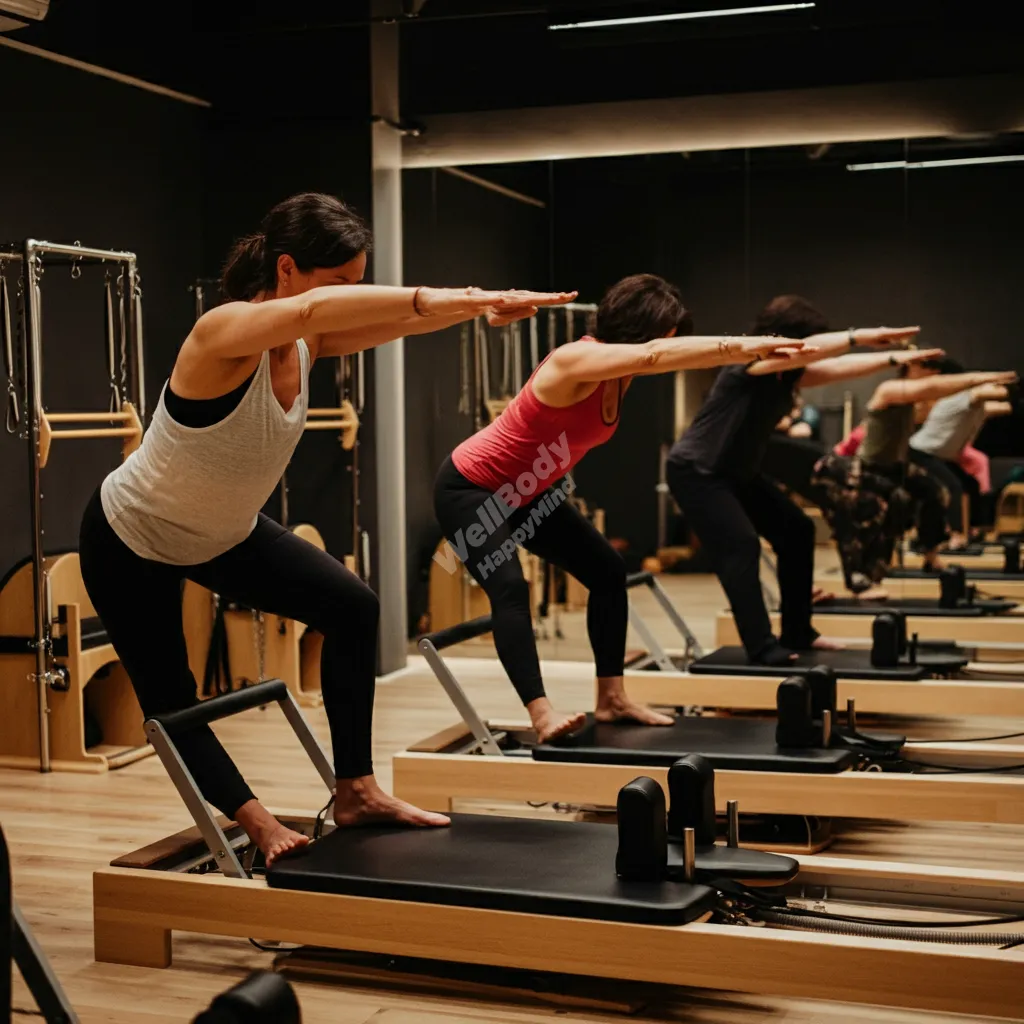
Integration with Other Fitness Disciplines
Pilates now mixes with other workout styles:
- Yogalates: Combines Yoga and Pilates for flexibility and strength.
- PiYo: Mixes Pilates with Yoga and cardio for a high-energy workout.
- Barre Pilates: Blends ballet-inspired moves with Pilates exercises.
These fusions make Pilates more fun and varied for many people.
Technology in Pilates
The digital age has changed how we do Pilates:
- Online classes: Learn Pilates from home with virtual instructors.
- Pilates apps: Get guided workouts on your phone or tablet.
- Smart mats: Track your movements and give feedback.
Popular apps include Pilates Anytime, Pilatesology, and Glo.
Accessibility and Inclusivity in Modern Pilates
Today, Pilates is for everyone:
- Classes for all ages, from kids to seniors
- Adaptive Pilates for people with disabilities
- Men’s Pilates classes to break gender stereotypes
- Affordable options like group classes and online videos
These changes have made Pilates more welcoming and accessible to all.
Scientific Research and Pilates
Evidence-based Benefits
Research supports many claims about Pilates’ benefits. Here’s a summary of key findings:
| Benefit | Research Findings |
|---|---|
| Core Strength | Studies show Pilates significantly improves core muscle strength |
| Back Pain | Regular Pilates practice can reduce chronic low back pain |
| Balance | Pilates enhances balance, especially in older adults |
| Flexibility | Research indicates improved flexibility in practitioners |
| Mental Health | Some studies link Pilates to reduced anxiety and depression |
These findings help explain why Pilates has gained respect in health fields.
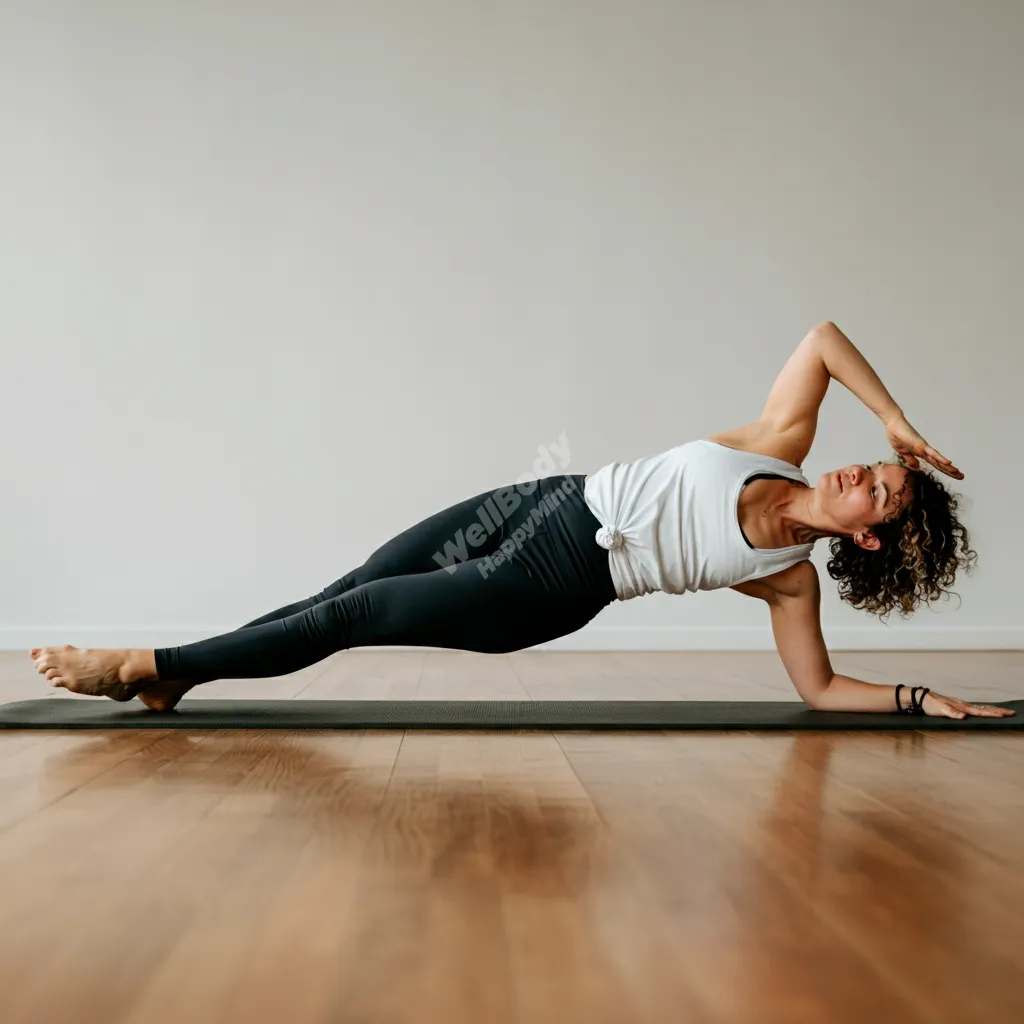
Medical Applications
Pilates isn’t just for fitness. It’s now used in medical settings:
- Physical therapy: Helps patients recover from injuries
- Pregnancy care: Supports women before and after childbirth
- Neurological rehabilitation: Aids recovery from strokes or brain injuries
- Chronic pain management: Offers a gentle way to stay active
Doctors and therapists often recommend Pilates as part of treatment plans.
Pilates in the Fitness Industry
Growth of Pilates Studios and Certifications
Pilates has boomed in recent years:
- Studio growth: The number of Pilates studios has doubled since 2010
- Job opportunities: More gyms are hiring Pilates instructors
- Certifications: Many organizations now offer Pilates teacher training
This growth shows Pilates’ rising popularity in the fitness world.
Pilates in Gyms and Fitness Centers
Pilates isn’t just for specialty studios anymore:
- Many gyms now offer Pilates classes
- Some have dedicated Pilates equipment
- Pilates moves are often part of other fitness classes
This wider availability makes Pilates more accessible to everyone.
Pilates complements other workouts by:
- Improving core strength for weightlifting
- Enhancing flexibility for yoga
- Boosting body awareness for cardio exercises
Many fitness fans use Pilates to round out their routines.
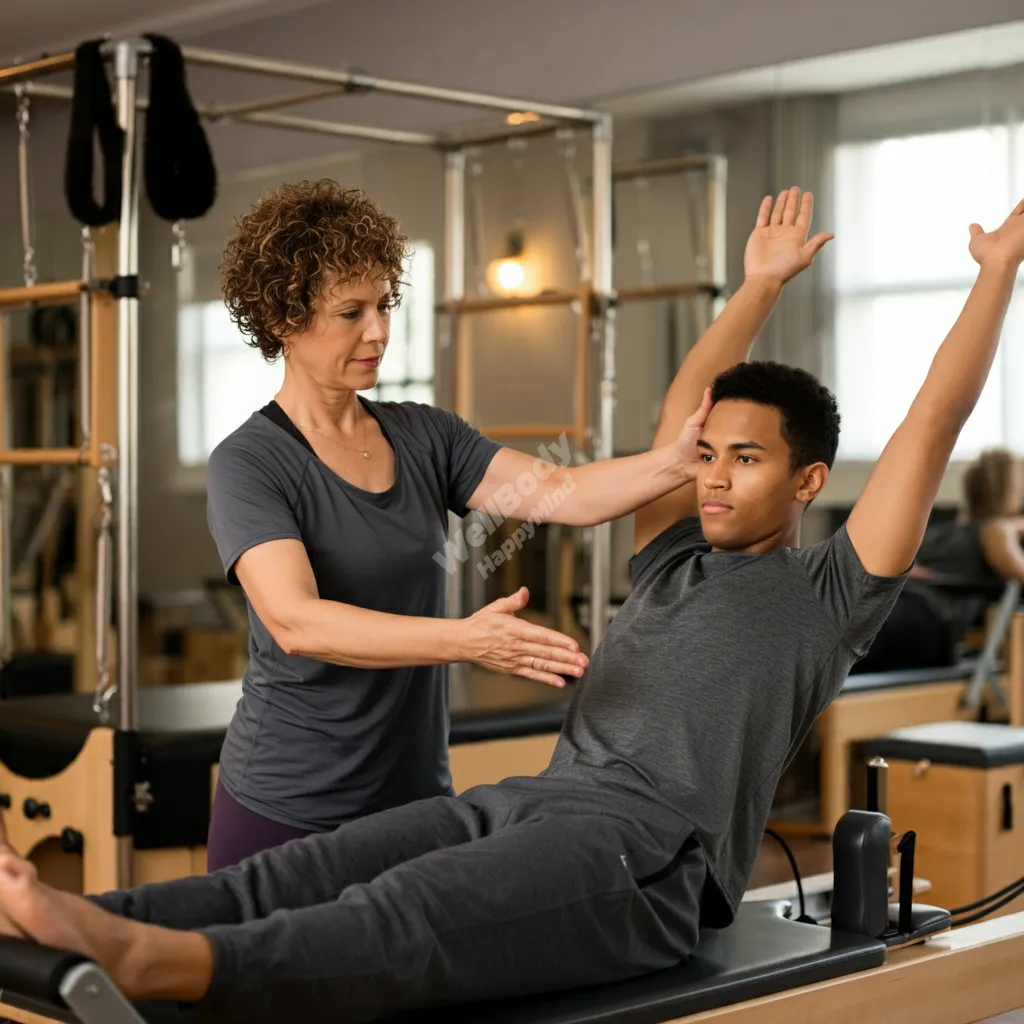
The Future of Pilates
Emerging Trends
Pilates keeps evolving. Here are some exciting new trends:
- Pilates for athletes: More sports teams are adding Pilates to their training
- Men’s Pilates: Growing popularity among male fitness enthusiasts
- Pilates for mental health: Focus on mind-body connection for stress relief
- Eco-friendly Pilates: Using sustainable materials for equipment
These trends show how Pilates adapts to new needs and interests.
Integration with Wearable Technology
Tech is changing how we do Pilates:
- Smart clothing can track your movements and posture
- Fitness watches monitor your heart rate during Pilates workouts
- Apps sync with wearables to give personalized feedback
This tech helps you improve your form and track your progress.
Potential for Virtual and Augmented Reality in Pilates
The future of Pilates might be more high-tech than you think:
- VR Pilates classes could let you “attend” studios worldwide
- AR could project a virtual instructor into your home
- Gamified Pilates workouts might make exercise more fun
These innovations could make Pilates even more engaging and accessible.
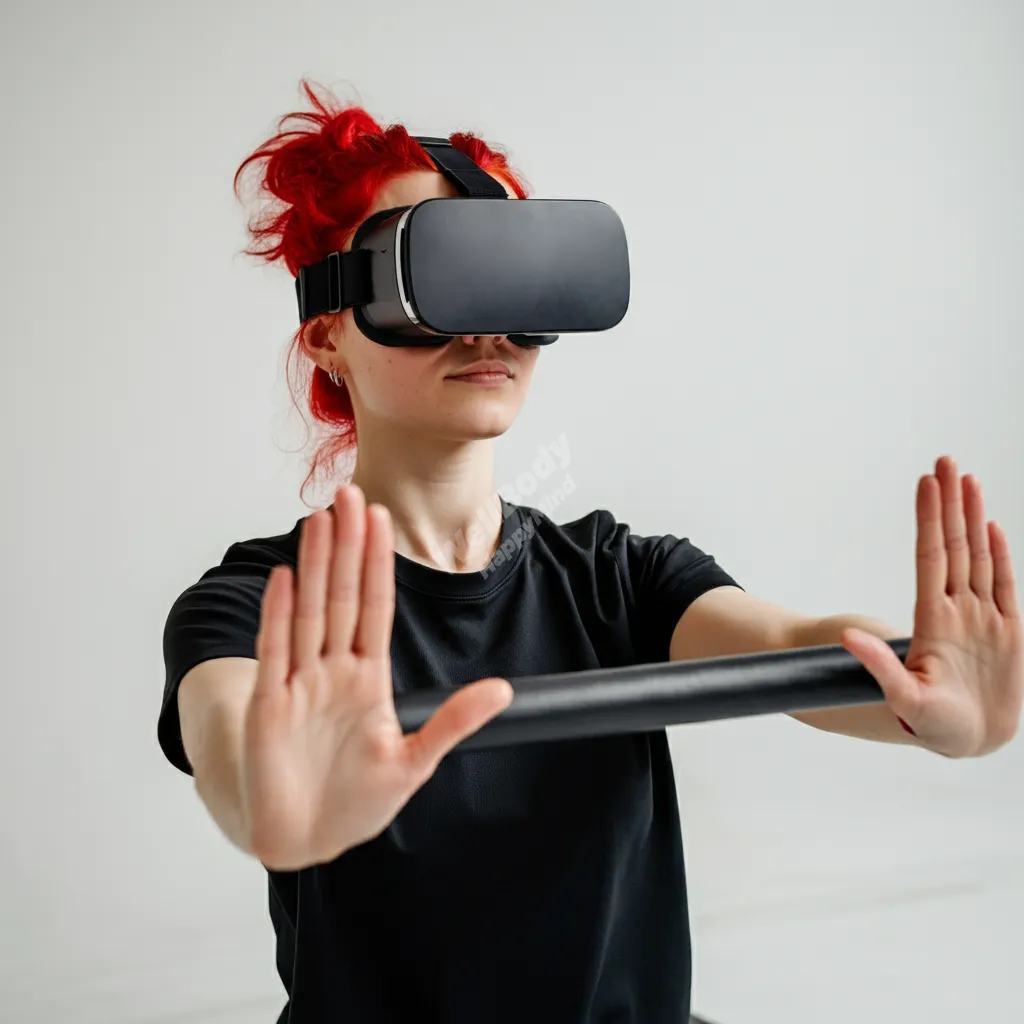
Conclusion
Pilates has come a long way since Joseph Pilates first developed it. From its early days as a niche practice, it has grown into a global fitness phenomenon. Today, Pilates is backed by science, embraced by the medical community, and enjoyed by millions.
Despite all the changes, the core principles remain the same:
- Focus on controlled movements
- Emphasis on core strength
- Attention to breath and mind-body connection
These timeless ideas keep Pilates relevant and effective.
As we look to the future, Pilates continues to evolve. New technologies and trends will shape how we practice, but the essence of Pilates will stay the same. It will always be about building a strong, flexible body and a calm, focused mind.
Call to Action
Ready to experience the benefits of Pilates for yourself? Here’s how to get started:
- Try a beginner’s class: Look for Pilates studios or gyms in your area
- Explore online options: Start with a video designed for newcomers
- Talk to your doctor: Ask if Pilates could help with any health concerns
- Set realistic goals: Remember, Pilates is a journey, not a race
Don’t wait to start your Pilates journey. Your body and mind will thank you. Take the first step today towards a stronger, more balanced you!
